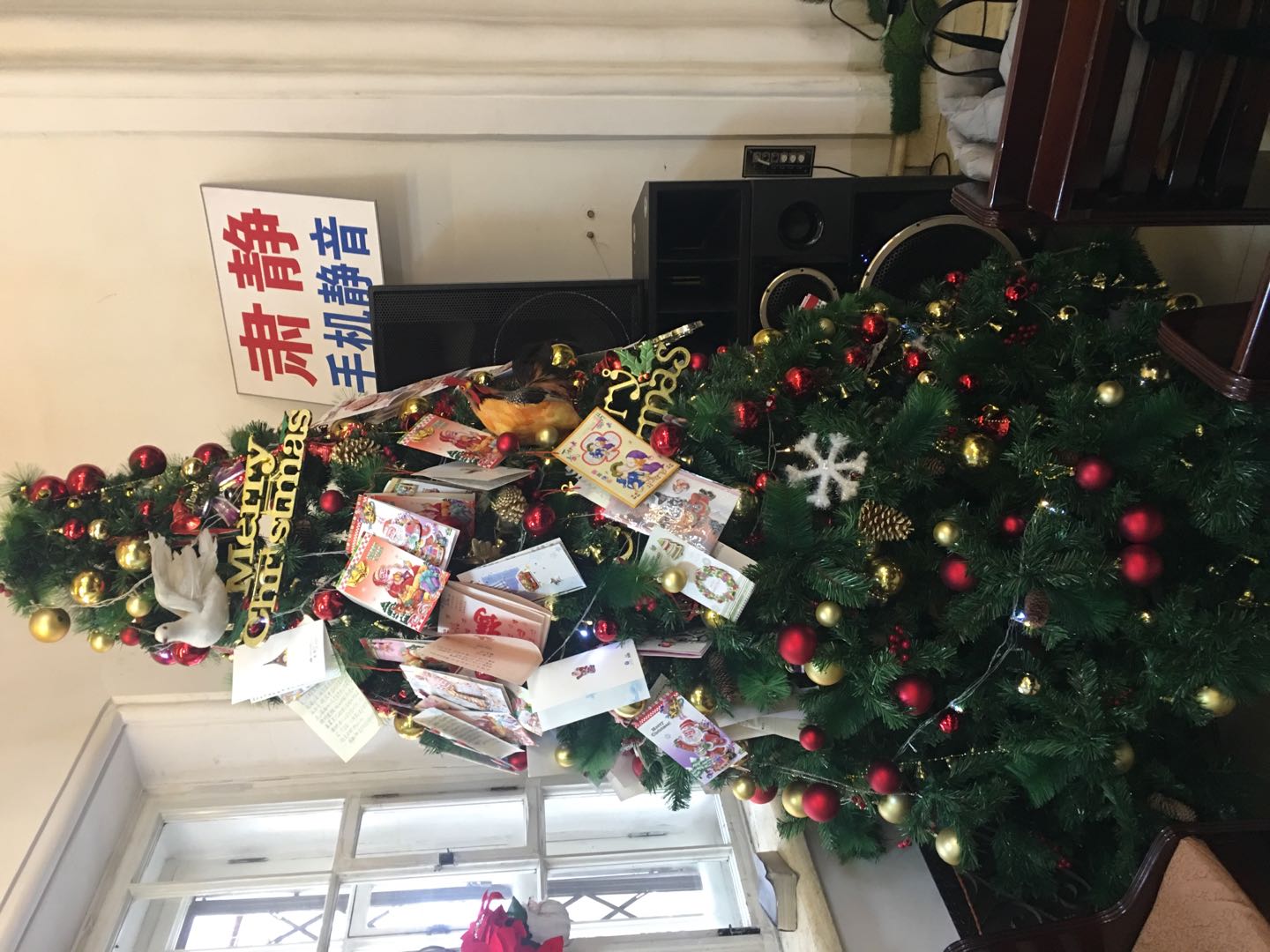As we enter the Christmas season, we begin to think about certain traditions and activities associated with Christmas. Christmas decorations begin to go up and activities are planned for. It is a time to celebrate. Although secular society, especially in the West, seems to have usurped the real meaning of Christmas with its message of Christmas shopping and Santa Claus, certain traditions of Christmas remain that still point to the true meaning of Christmas, especially ones that happen in the church: Advent, singing Christmas carols, and reading the Christmas story in Scripture.
Some traditions in the church seem to be less connected to the real meaning of Christmas, even though their origins have a very real connection with Christianity and the message of the Gospel, the message of the Good News of God coming to earth. And when one looks at the history of certain Christmas traditions and how they have changed over the decades and centuries, it is interesting to see how these changes happen in different places and cultures. Such is the case with the tradition of the Christmas tree.
As the story goes, the idea of a fir tree as a Christmas tree dates back to 754 A.D. and St. Boniface's traveling to Germany to preach the Gospel. At that the German people were animists, worshipping many different spirits found in nature. In the winter of that year, on the darkest night of Dec. 21st, there was a gathering in the forest of a group of villagers who were preparing a sacrifice service in which one of their own would be sacrificed to the sacred tree god to appease him for a bad harvest that year. St. Boniface had rendezvoused to meet them and share the story of Jesus with them. He arrived just in time to stop the ceremony, cut down the sacred tree, and prove that the Christian God was the most powerful and that He was a God of love, not of fear. In doing so, he also pointed to a small fir tree nearby, reminding them that it pointed to heaven and was green all year round, symbolizing freedom from death and having new life.
Over the centuries, the Christmas tree tradition has added new meanings and adapted in other ways. Christmas trees began to be decorated with lights, symbolizing Christ, the light of the world, coming into our darkness. Later, a star was put atop the tree to represent the star that led the Wise Men to find the Christ-child. And as the Christmas has moved to other non-western locations, its expressions have continued to change. Today in India, for example, banana and mango trees are decorated to be the Christmas tree.
Living in China, the Christmas tree tradition has also morphed somewhat. Along with having seen arrangements of bamboo plants, candles, or wooden blocks so stacked to resemble a Christmas tree, the meaning of the Christmas tree itself has also taken on "Chinese characteristics". I noticed this about the Christmas trees at the Chinese Three-Self church where I attend. For the past several Christmases, the tree was also adorned with Christmas cards, as can be seen in the photo. Much of what was written inside these cards were words of thanksgiving to the church staff for leading the church, words of gratefulness to God for His many blessings, and words of affirmation of the fellowships in the church. I had never seen anything like this in the West before and was very moved by these words. I don't know if this is a unique Christmas tree tradition for this church, for the city I live in or for this region of China. I do however believe that it is very special and meaningful way for the Christmas tree tradition to continue to change and thrive. As God leads His people, regardless of where they are from or what culture they belong it, may we also see and celebrate God's creativity at work in the ways in which His people celebrate the different Christmas traditions.

By George Veith December 15th, 2018
related articles
LATEST FROM Culture











